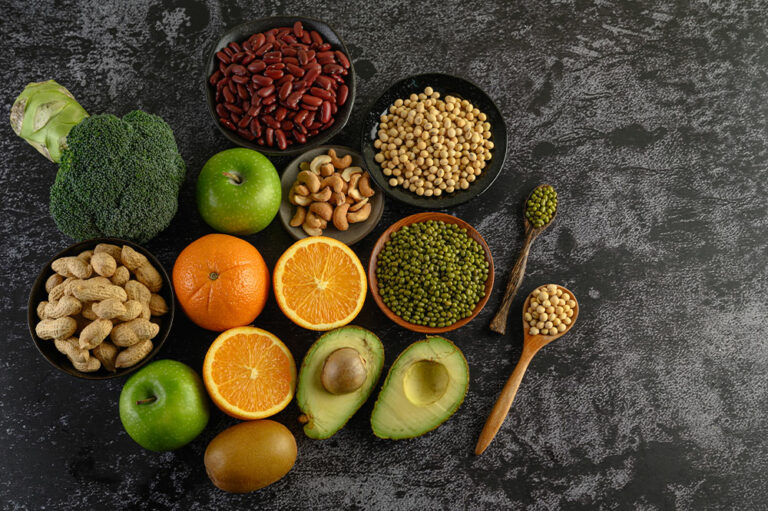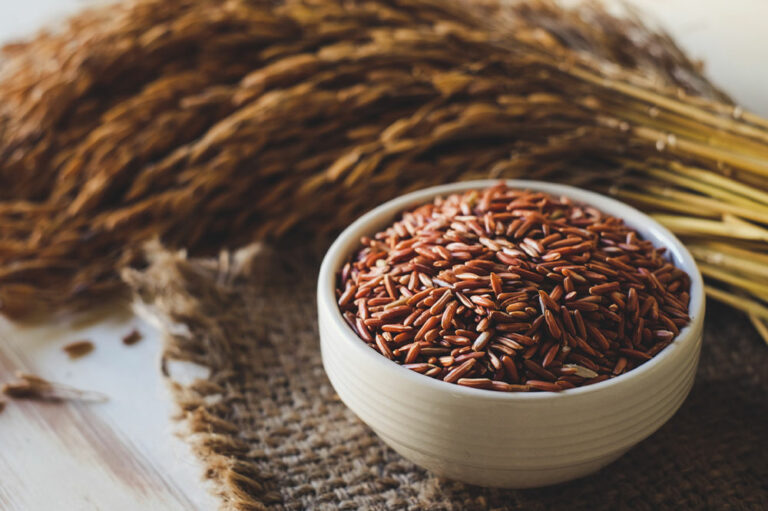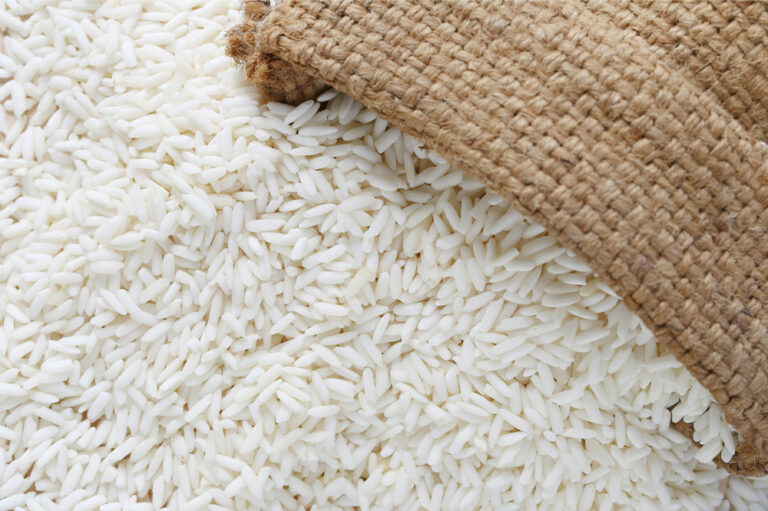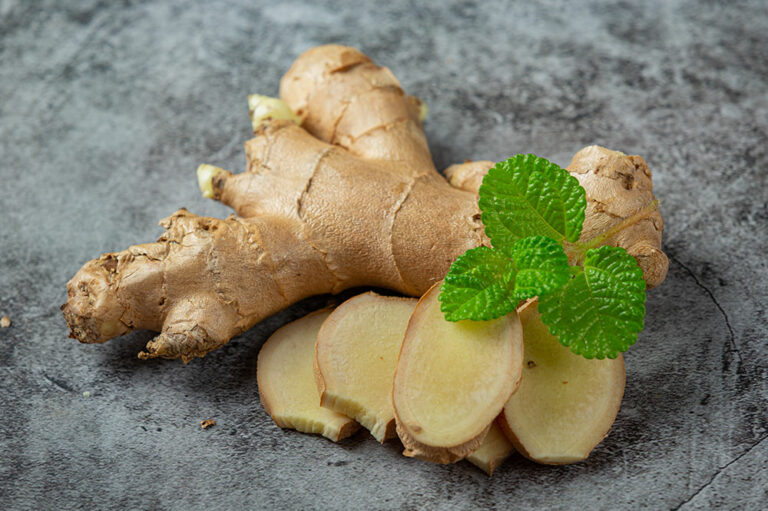
6 best foods for managing common health conditions
Different foods can become “superfoods” when eaten in the right amounts frequently, enabling optimum health. A variety of whole foods, such as vegetables and fruits, high-quality protein sources, and other items, will ensure that your body receives the nutrients it needs. Many common chronic illnesses can be avoided by living a healthy lifestyle and tweaking changes to one’s eating habits. The following foods are among the best to consume often to avoid common health issues: Best foods to eat to manage common health conditions Avocado Fruits with monounsaturated fats, like avocados, promote healthy blood flow and brain ability. It can lower blood pressure, which reduces the risk of cognitive decline. It equates to around 20% of the daily recommended fiber intake in a portion of 1/2 cup. It can be eaten as avocado toast or a side dish topped with toasted sesame seeds, soy sauce, and fresh lime juice. Beans Iron and fiber, abundant in beans, lower cholesterol levels, reduce the risk of cancer and heart attacks, and generally maintain a healthy body. It also helps with weight management and ensures adequate daily protein consumption. It can be a quick salad with kidney beans, olive oil, lime juice, cilantro, and fresh lime.
Read More 











